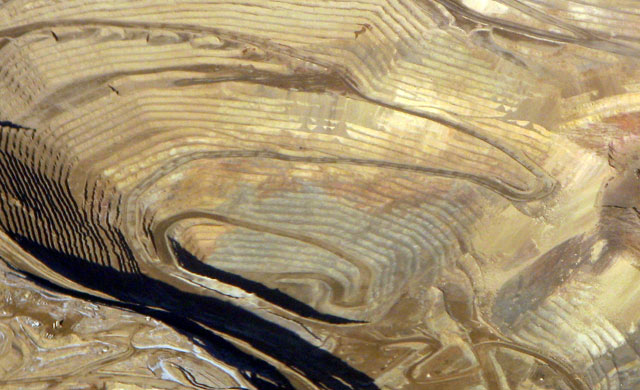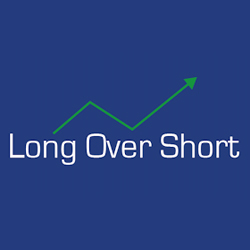One of the challenges of cryptocurrencies is the consumption of a high amount of electric power. Powerful computer systems need a high amount of electrical power for mining new coins. Proof-of-work came into existence in 1993. It was created to solve the problem of spam emails. Proof-of-work was adopted by Satoshi Nakomoto (the founder of Bitcoin) as a way of validating blockchain transactions and mining fresh coins.

Proof-Of-Work
Proof-of-Work is a consensus method requiring members of the network to solve random mathematics and to prove to the verifiers on the network that the mathematical problem has been solved. Through this, miners can earn tokens. It also makes the mining process very costly as the miners have to pay high energy bills. The mining process is a huge competition as it involves computers trying to solve one puzzle, but only the first person to solve the problem gets the reward. This is quite wasteful. There are also mining firms, having many computers so they can increase their chances of winning. And this is putting more strain on the consumption of power.

Proof-Of-Stake
Proof-of-Stake was invented as an alternative to Proof-of-work and to solve the problem of high consumption of electricity. Here, a random individual is selected to do the work, it is a consensus method of selecting at random an individual on the network to validate entries into the blockchain. In return for this service, the validator also earns a token. Those who wish to mint new coins must have some amount deposited as stake, To increase one’s chances of being selected, one must have a high amount in stake. The downside of the Proof-of-Stake is that a person on the network with a higher amount of stake has a higher probability of being selected, leaving the ones with a lesser amount of stake with little probability of being selected.
Teach yourself technical analysis: Technical Analysis


 Hot Features
Hot Features













